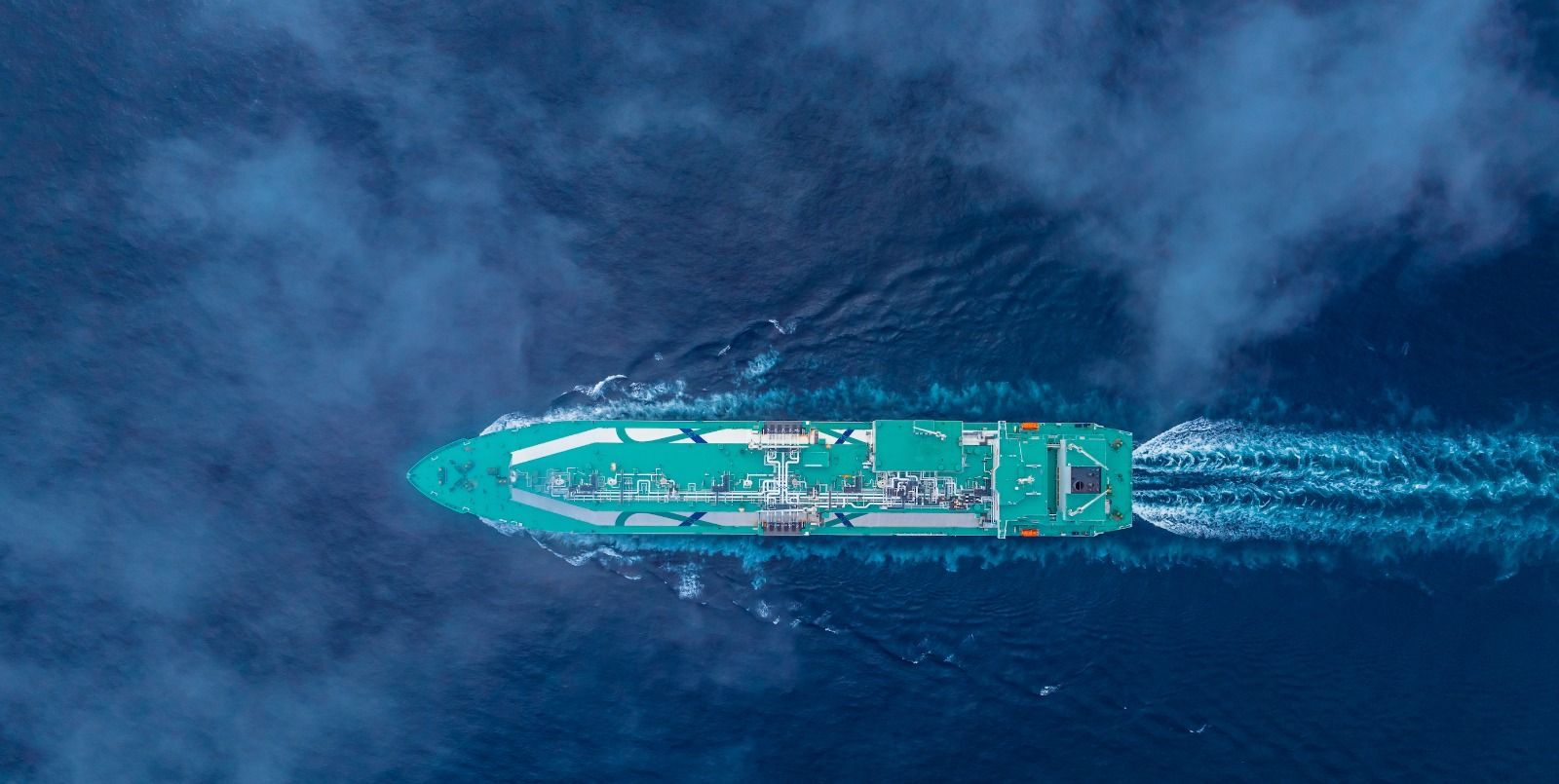Case study for Ruwais e-LNG Boil-Off-Gas (BOG) Compression - Optimization and Latest Experience for e-LNG applications-
This paper examines the latest technological advancements and experiences related to Boil-Off-Gas (BOG) compressors in e-LNG (electrically powered liquified natural gas) applications. It draws on insights from the ADNOC Ruwais e-LNG project, the first LNG export facility in the Middle East and Africa to operate on clean energy, thereby contributing to global decarbonization efforts.
Siemens Energy continuously explores technologies for BOG compression, including high-efficiency centrifugal compressors and their integration into LNG liquefaction and regasification processes. Various operating use cases, such as holding and ship loading for a liquefaction plant, are key boundary conditions for customized compressor designs. Since the gas is cryogenic at temperatures to even below -160°C and the compressor needs to sustain temperature variations from -160°C to +240°C, several special design and manufacturing considerations are necessary. For ADNOC Ruwais e-LNG project, Siemens Energy is contributing three BOG compression trains, leveraging its extensive experience in BOG compression. These compressors feature moveable Inlet Guide Vanes (mIGV) and an optimized starting frequency converter configuration, state of art Dry Gas Seal System to minimize the leakages and thus adopting to Zero Flaring Policy, enhancing performance and efficiency in this innovative clean energy facility.
We will provide a comprehensive analysis of advanced BOG compression, the analysis highlights several key aspects:
• The overall plant architecture and process conditions that must be achieved for optimal performance.
• The compression technologies necessary for effectively managing cryogenic applications within e-LNG frameworks.
• The application of mIGV technology to enhance the best performance, efficiency and sustainability of long duration compressor operations
• An evaluation of electrical scope required to facilitate start-up procedures, including transitioning from settle-out conditions, which can be optimized through the start-up frequency converters or Direct-on-Line (DoL) configurations.
In conclusion, this paper presents a detailed examination of the major boundary conditions for e-LNG plants, with a particular focus on Boil-Off Gas (BOG) management as demonstrated in the Ruwais e-LNG project. A key aspect of this study is the design of compressors tailored to meet these specific requirements. The discussion encompasses critical considerations related to materials and design for cryogenic applications, as well as benefits provided by the application of mIGVs. An evaluation of the electrical architecture necessary for effective operation will also be included, including a comprehensive overview of the driver as a key part of compression technology, in various operating conditions including start-up scenarios.




)
)
)
)
)
)
)
)
)
)
)
)
)
)
)
)
)
)
)
)
)
)
)
)